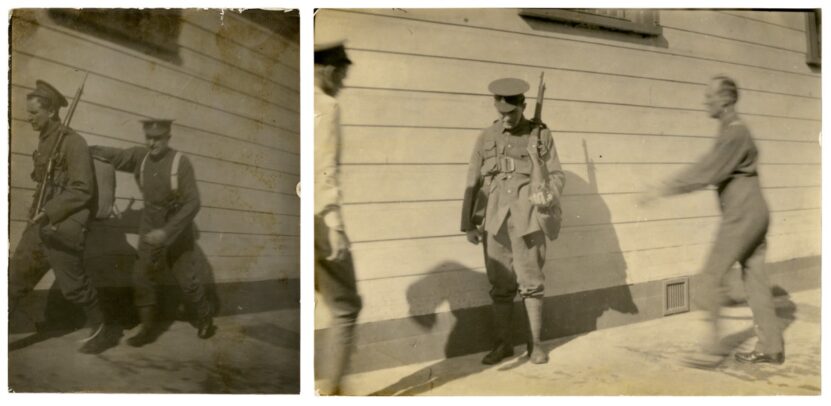How were objectors treated in New Zealand?
Treatment of the Objectors – Wanganui Detention Centre

The policy implemented in which the objectors were treated by was extremely harsh with victims suffering brutal acts affecting them all physically, mentally and emotionally.
The grounds of the Wanganui Detention Barracks were often nicknamed the ‘slaughter yard’ with evidence of blood splatters displayed throughout the yard. Those who refused to cooperate were pushed, pulled, kicked and punched. A number even was dragged with a rope around their neck and pushed into walls until their faces were bloodied and grazed.
As a form of discipline, objectors such as Thomas Moynihan were subjected to cruelty such as being forcibly dressed in uniform with a rifle tied to his wrists and made to march the lengths of the grounds. Men were neglected of their food and lifestyle necessities if they got on the wrong side of the perpetrators. The victims were not only physical abuse and violent but verbal also Wanganui Detention Barracks.

These barracks were set up as one place of punishment for conscientious objectors within New Zealand.
A man named lieutenant James Crampton was placed in charge of this and was known for his very brutal stance on the treatment of those who refused to fight. Those who objected to wearing the uniform were forcibly made to put it on and they often had rifles tied to their wrists to match the appearance of a ‘true soldier’.
Crampton believed that these men were the worst kind of people and said “the sight of raw blood does my eyes good” referring to those who were injured by having their necks tied with ropes and dragged over the ground.
One notable objector who faced this treatment was a man named Thomas Monyihan who was beaten and attacked day after day when he refused to wear the uniform and march like a soldier, had his hair ripped out and ribs smashed to the ground before he eventually had to give in to obeying their instructions for the sake of his survival.